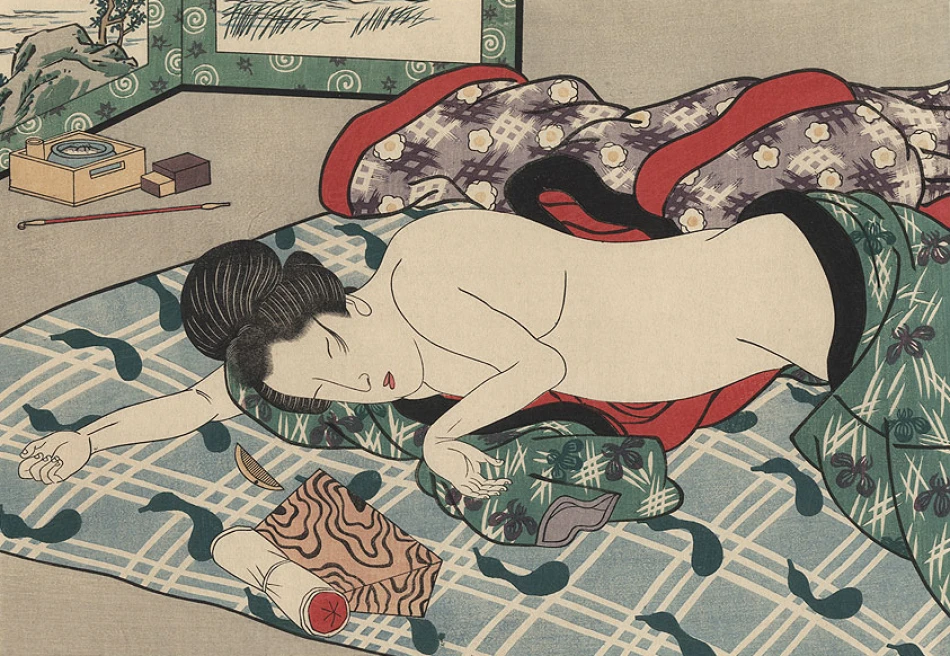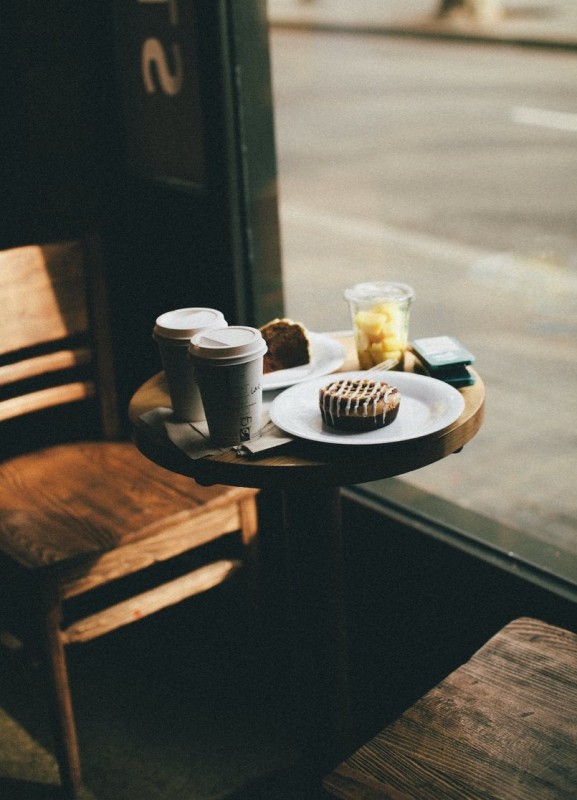
Exhibition of Japanese woodblock prints
Alongside Paola Ciarska’s exhibition, ‘I’m Finished But She Ain’t’, Gallagher & Turner will be showing a selection of Japanese woodblock prints. Produced in books, scrolls or as loose sheets, woodblock prints were made and circulated widely throughout Japanese society from the early 1600s right through until the 20th century.
Early illustrated woodblock books were printed on fine, expensive papers, and reimagined Japanese classics which had previously been produced on hand painted scrolls. Due to their popularity, printers were quick to develop cheaper processes to create books for the mass market, and on a wider range of subjects, including satirical novels, art books, travel guides and advice manuals.
The technique of producing images using hand-carved blocks flourished during the Edo period in the 18th and 19th centuries, with artists such as Utamaro (1750 - 1806), Kunisada (1786 - 1865) and Yoshitoshi (1868 - 1912) creating more intricate designs using vivid colours and glazes. Prints were produced on historical subjects, as illustrations for texts and stories, or to accompany to kabuki plays. However, many artists of the period also produced ‘shunga’ alongside their mainstream work.
Literally translated, shunga means ‘pictures of spring’, a traditional euphemism for sex. These erotic works sought to express a varied world of contemporary sexual possibilities and were likely enjoyed equally by men and women of all classes, depicting ordinary people with sensitivity and psychological nuance. The characters shown were usually fully clothed, as nudity was not inherently erotic during the Edo period. Symbolism in the elaborately detailed fabrics and interiors gave the reader clues to the narrative in the scene.
This exhibition includes hand-coloured shunga, ‘pillow prints’, and a selection of other works by well known Edo era artists.



